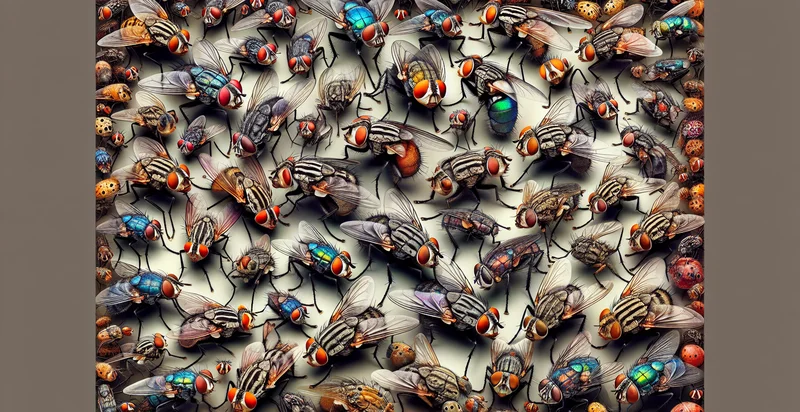Identify blue jay species
using AI
Below is a free classifier to identify blue jay species. Just upload your image, and our AI will predict which species of blue jay it is - in just seconds.

Contact us for API access
Or, use Nyckel to build highly-accurate custom classifiers in just minutes. No PhD required.
Get started
import nyckel
credentials = nyckel.Credentials("YOUR_CLIENT_ID", "YOUR_CLIENT_SECRET")
nyckel.invoke("blue-jay-species-identifier", "your_image_url", credentials)
fetch('https://www.nyckel.com/v1/functions/blue-jay-species-identifier/invoke', {
method: 'POST',
headers: {
'Authorization': 'Bearer ' + 'YOUR_BEARER_TOKEN',
'Content-Type': 'application/json',
},
body: JSON.stringify(
{"data": "your_image_url"}
)
})
.then(response => response.json())
.then(data => console.log(data));
curl -X POST \
-H "Content-Type: application/json" \
-H "Authorization: Bearer YOUR_BEARER_TOKEN" \
-d '{"data": "your_image_url"}' \
https://www.nyckel.com/v1/functions/blue-jay-species-identifier/invoke
How this classifier works
To start, upload your image. Our AI tool will then predict which species of blue jay it is.
This pretrained image model uses a Nyckel-created dataset and has 10 labels, including Steller'S Jay and Florida Scrub-Jay.
We'll also show a confidence score (the higher the number, the more confident the AI model is around which species of blue jay it is).
Whether you're just curious or building blue jay species detection into your application, we hope our classifier proves helpful.
Related Classifiers
Need to identify blue jay species at scale?
Get API or Zapier access to this classifier for free. It's perfect for:
- Wildlife Park Management: Management at wildlife parks can use the 'blue jay species' identifier to monitor the presence and activity of blue jays within their parks. The insights derived from such tracking can contribute towards effective park management and biodiversity conservation efforts.
- Ornithology Research: Researchers and scientists studying various species of blue jays can use the function to classify and document different blue jay species in their natural habitat. This can contribute significantly to academic and scientific research.
- Birdwatching Apps: Developers of birdwatching or nature apps can integrate the 'blue jay species' identifier to help users identify and learn about different blue jay species via images clicked or uploaded by them.
- Pest Control Services: Pest control companies can use the functionality to accurately identify various species of blue jays that might cause nuisance or damage to crops or properties, helping them devise the most effective bird control strategy.
- Content Creation and Curation: Digital content creators or curators – such as bloggers, social media specialists, or journalists – writing about wildlife can leverage the 'blue jay species' identifier to ensure accurate classification and description of blue jay images used in their content.
- Wildlife Photography: Wildlife photographers can use the identifier for quick recognition of different blue jay species, adding more accurate context to their work and improving their understanding of the bird life they capture.
- Education and Training: The 'blue jay species' identifier can be used as an interactive and educational tool for students or individuals learning about bird species, enabling them to visually distinguish and familiarize themselves with different types of blue jays.


